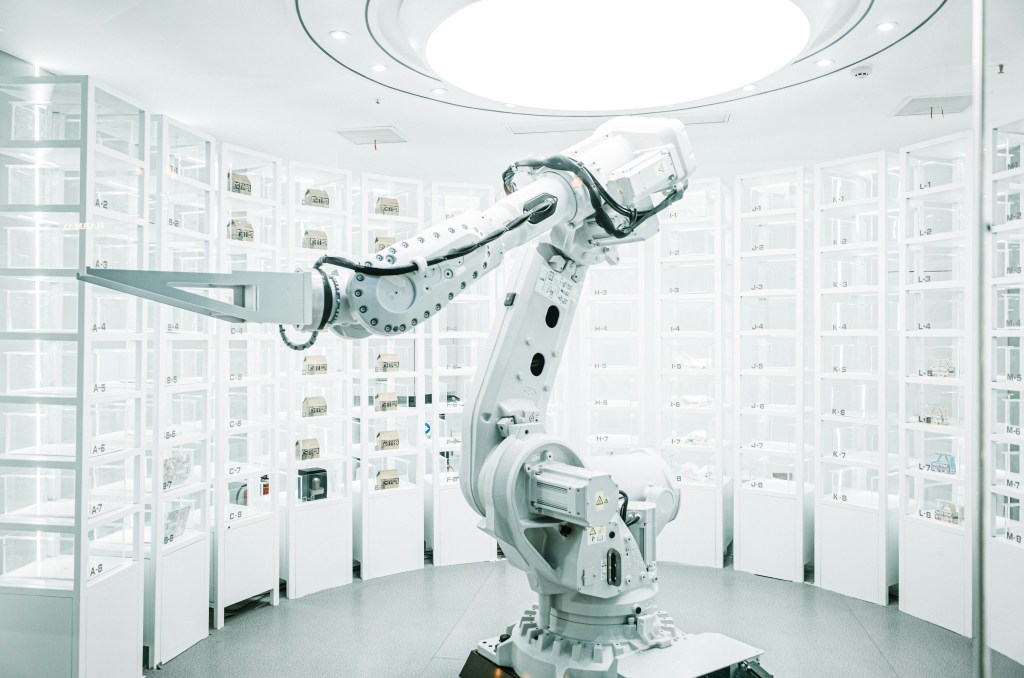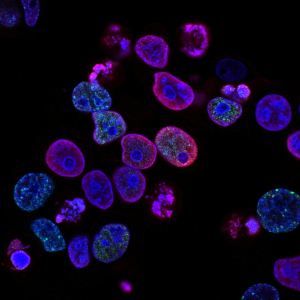Madrid, March 11, 2024.- The application of artificial intelligence models in medicine is one of the greatest technological advances in the last decade. In my daily practice as a Maxillofacial and Oral Surgeon I have found numerous advantages in urgent documentation to conclude diagnoses, for example. In this sense, I want to highlight two recent assessments about the beneficial dimension of AI:
According to medicalxpress: “Medical diagnostics expert, doctor’s assistant, and cartographer are all fair titles for an artificial intelligence model developed by researchers at the Beckman Institute for Advanced Science and Technology. Their new model accurately identifies tumors and diseases in medical images and is programmed to explain each diagnosis with a visual map. The tool’s unique transparency allows doctors to easily follow its line of reasoning, double-check for accuracy, and explain the results to patients. «The idea is to help catch cancer and disease in its earliest stages—like an X on a map—and understand how the decision was made. Our model will help streamline that process and make it easier on doctors and patients alike,» said Sourya Sengupta, the study’s lead author and a graduate research assistant at the Beckman Institute”.
BMC Medical Education
According to this organization, AI can revolutionize different aspects of health care, including diagnosis. ML is an area of AI that uses data as an input resource in which the accuracy is highly dependent on the quantity as well as the quality of the input data that can combat some of the challenges and complexity of diagnosis. ML, in short, can assist in decision-making, manage workflow, and automate tasks in a timely and cost-effective manner. Also, deep learning added layers utilizing Convolutional Neural Networks (CNN) and data mining techniques that help identify data patterns. These are highly applicable in identifying key disease detection patterns among big datasets. These tools are highly applicable in healthcare systems for diagnosing, predicting, or classifying diseases.
AI is still in its early stages of being fully utilized for medical diagnosis. However, more data are emerging for the application of AI in diagnosing different diseases, such as cancer. A study was published in the UK where authors input a large dataset of mammograms into an AI system for breast cancer diagnosis. This study showed that utilizing an AI system to interpret mammograms had an absolute reduction in false positives and false negatives by 5.7% and 9.4%, respectively. Another study was conducted in South Korea, where authors compared AI diagnoses of breast cancer versus radiologists. The AI-utilized diagnosis was more sensitive to diagnose breast cancer with mass compared to radiologists, 90% vs. 78%, respectively. Also, AI was better at detecting early breast cancer (91%) than radiologists 74%.
BMC Medical Education adds, a study utilized deep learning to detect skin cancer which showed that an AI using CNN accurately diagnosed melanoma cases compared to dermatologists and recommended treatment options. Researchers utilized AI technology in many other disease states, such as detecting diabetic retinopathy and EKG abnormality and predicting risk factors for cardiovascular diseases. Furthermore, deep learning algorithms are used to detect pneumonia from chest radiography with sensitivity and specificity of 96% and 64% compared to radiologists 50% and 73%, respectively. Also, a study was done on a dataset of 625 cases to diagnose acute appendicitis early to predict the need for appendix surgery using various ML techniques; the results showed that the random forest algorithm achieved the highest performance, accurately predicting appendicitis in 83.75% of cases, with a precision of 84.11%, sensitivity of 81.08%, and specificity of 81.01%. The improved method aids healthcare specialists in making informed decisions for appendicitis diagnoses and treatment. Furthermore, the authors suggest that similar techniques can be utilized to analyze images of patients with appendicitis or even to detect infections such as COVID-19 using blood specimens or images.
AI tools can improve accuracy, reduce costs, and save time compared to traditional diagnostic methods. Additionally, AI can reduce the risk of human errors and provide more accurate results in less time. In the future, AI technology could be used to support medical decisions by providing clinicians with real-time assistance and insights. Researchers continue exploring ways to use AI in medical diagnosis and treatment, such as analyzing medical images, X-rays, CT scans, and MRIs. By leveraging ML techniques, AI can also help identify abnormalities, detect fractures, tumors, or other conditions, and provide quantitative measurements for faster and more accurate medical diagnosis.
For BMC Medical Education the most relevant thing is clinical laboratory testing provides critical information for diagnosing, treating, and monitoring diseases. It is an essential part of modern healthcare which continuously incorporates new technology to support clinical decision-making and patient safety. AI has the potential to transform clinical laboratory testing by improving the accuracy, speed, and efficiency of laboratory processes. The role of AI in clinical microbiology is currently progressing and expanding. Several ML systems were developed to detect, identify, and quantify microorganisms, diagnose and classify diseases, and predict clinical outcomes. These ML systems used data from various sources to build the AI diagnosis such as genomic data of microorganisms, gene sequencing, metagenomic sequencing results of the original specimen, and microscopic imaging. Moreover, gram stain classification to gram positives/negatives and cocci/rods is another essential application of using deep convolutional neural networks that reveal high sensitivity and specificity. A published systematic review showed that numerous MLs were evaluated for microorganism identification and antibiotic susceptibility testing; however, several limitations are associated with the current models that must be addressed before incorporating them into clinical practice.
Foto de ZHENYU LUO en Unsplash







Deja un comentario